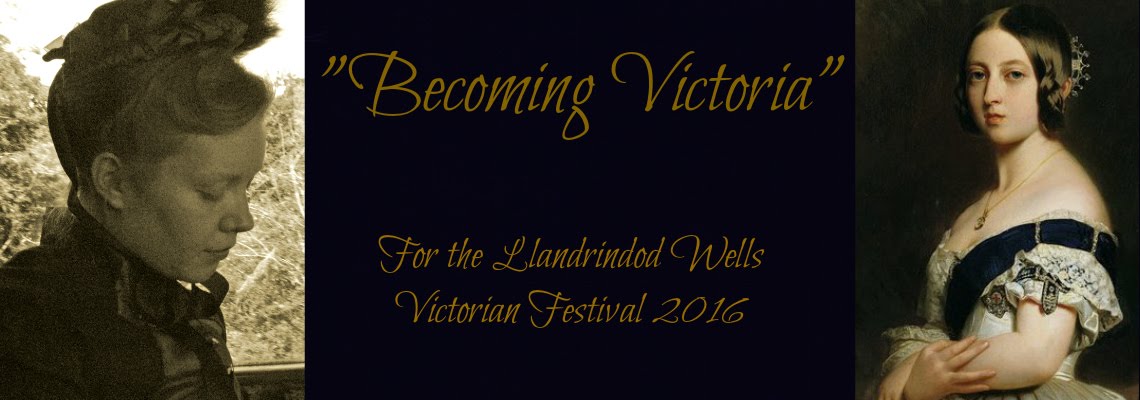Hooray! All of the structural undergarments are complete. To add to the corset and the corded petticoat, a second flounced petticoat adds the final touches to the silhouette.
The petticoat is constructed of a base layer, pleated into the waist, onto which long strips of fabric are gathered to create the three layers of flounces. The petticoat fastens with a tape passed through the waistband channel.
 |
| Gathering the first flounce onto the hem of the petticoat |
The layered flounces of material help to hold out the skirts to create the bell-shaped silhouette of the late 1840s and early 1850s. Strictly speaking, flounced petticoats were more often seen later in the 1850s when they were worn over the cage crinolines to soften the outline and disguise the steel bones.
Before this it was the custom to wear multiple single petticoats to support the skirts. According to C. Willett Cunningham, author of " Englishwomen's Clothing in the Nineteenth Century",
"It was usual to wear a number [of petticoats], depending on the season; the undermost was short and of some stiff material...Over this was worn one or more flannel petticoats, in winter, and above them a plain and above that an embroidered petticoat...The outermost petticoat, of cambric, was elaborately embroidered and trimmed and trimmed with embroidery, crochet or lace." (Cunningham, p165-166)
Indeed, some people claim that as many as twelve petticoats were being worn to support increasingly large skirts in the 1850s, prior to the invention of the cage crinoline. Not only this, but the petticoats would have been heavily starched to hold their shape and support the skirts of the dress.
Even at the time it was recognised that such a great deal of underclothing was heavy, hot, restrictive and unhygienic, not to mention the fact that all the layers could add inches to the waist! For the modern re-enactor it therefore makes sense to compromise a little to avoid too much discomfort when in costume. A flounced petticoat adds extra volume to the petticoats using less material and is therefore more cost effective and lighter to wear. Furthermore, the anachronism is only slight. Throughout the 1840s, flounces were a key feature of fashionable skirts. It is therefore not inconceivable that some women may have added flounces to their petticoats.
 |
| An 1840s fashion plate from the French magazine "Le Follet" show a skirt with three, tiered flounces like those on my petticoat (Image found here) |
The fact that is practically impossible to find a surviving example of such a petticoat from this period does not necessarily discredit this theory since so few petticoats survive at all, being as they were largely utilitarian and made of fabrics likely to be re-purposed when the garments were no longer fit to wear.
*References:
C. Willett Cunningham, Englishwomen's Clothing in the Nineteenth Century (Faber and Faber Ltd, London, 1937, reprinted by Dover, 1990)



No comments:
Post a Comment
Please feel free to share your comments and questions here